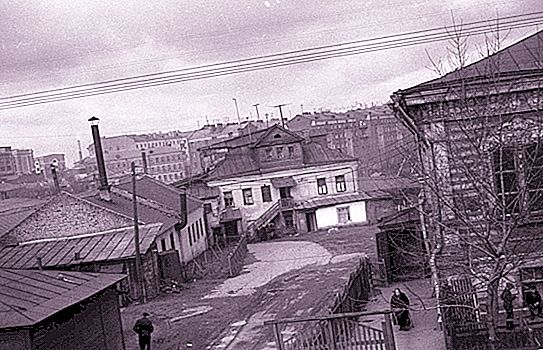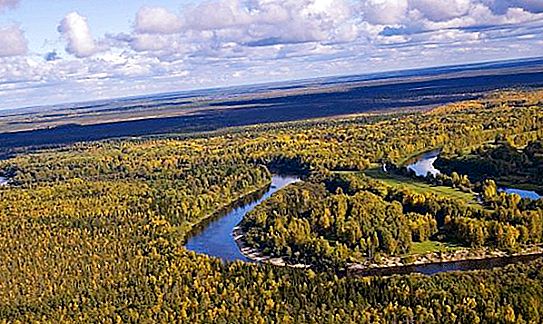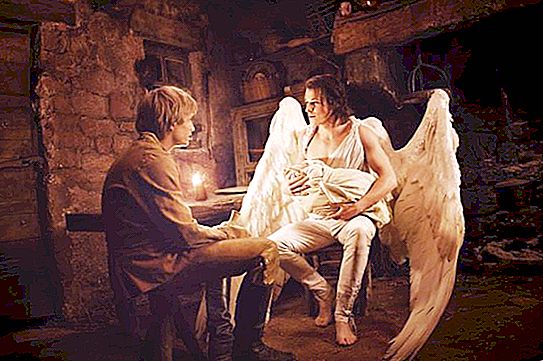Moscow has many well-known and famous streets. But there are also small ones whose history is no less interesting. Among these streets and Malaya Semenovskaya. It is located in the east of the capital, not far from the metro Elektrozavodskaya and Semenovskaya, in the municipal districts of Sokolinaya Gora and Preobrazhenskoye.
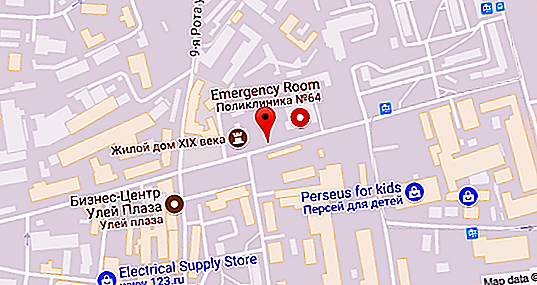
History
Malaya Semenovskaya was named for the village of Semenovsky, located on this site. Here, on the left bank of the Yauza River, was the Semenovskaya Sloboda, where the Semenovsky Regiment, one of the first guard regiments in Russia, was located. The village of Semenovskoye was one of the estates of Tsar Alexei Mikhailovich, and in 1687 stood out from the village. Izmailova. It is mentioned in the document of 1657 as Sovereign Falcon yard.
In the south of the settlement was located, separated from it by a swamp, the village of Vvedenskoye, which then merged with it. Semenovskaya Sloboda was carefully planned, its streets were parallel. Until now, their talking names have been preserved in the names of the lanes: Honey, Major, Drum.
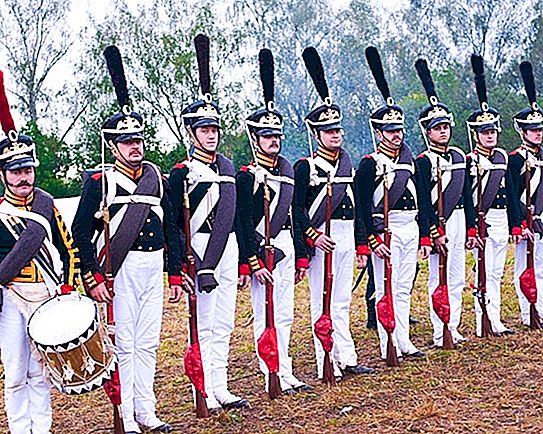
Now historical reenactors have revived the Semenovsky regiment.
Settlement in the 18-20 centuries.
From the beginning of the 18th century, townspeople and merchants began to settle in the settlement. Factories and wealthy merchant estates appeared there, located in the neighborhood of the houses of ordinary townspeople. The richest entrepreneurs were the Nosovs, who owned cloth factories. The wife of the Semenov cloth tycoon - Efimia Pavlovna Nosova (nee Ryabushinskaya) owned her art gallery. One of Rokotov’s paintings “Lady in Pink”, which was in this gallery, is now in the Tretyakov Gallery.
At the beginning of the 20th century, this area was the working outskirts of Moscow. In 1904, on Vvedenskaya Square (now Zhuravlev Square), a people's house was built to educate workers. There was a theater stage and a library.
sights
On Malaya Semenovskaya Street, historical buildings and mansions have been preserved. House number 1 is the mansion of Efimia Nosova. It was presented to his son and daughter-in-law by the owner of textile factories Vasily Nosov. After the revolution, the house was redone many times and lost its murals and design elements. It housed various institutions, nurseries. Now there is a commercial structure. The main building of the Nosov merchants has also been preserved.
It is located at: Malaya Semenovskaya St., 9, bld 1. This house was built according to the project of Kekushev on the model that the merchant saw in an American magazine.
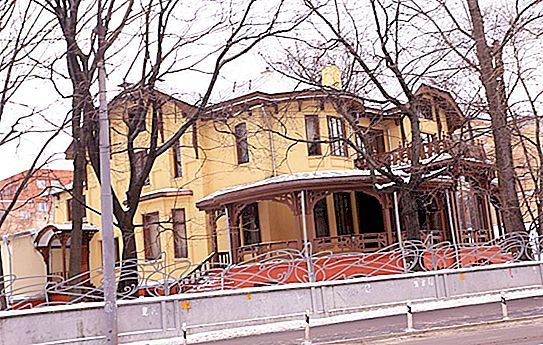
Many buildings on Malaya Semenovskaya are related to the “textile empire”. There are the buildings of the Central Scientific Research Institute of Wool (formerly the leading institute of knitting industry), the buildings of the Semenov weaving factory. Nosov manufactory, which in Soviet times was called "Emancipated Labor". She was famous for her products: cloth, shawls and blankets. Now these buildings occupy warehouses, commercial and administrative buildings.
At the intersection of Drum Lane and Malaya Semenovskaya Street there is an unusual wooden house with amazing carvings.
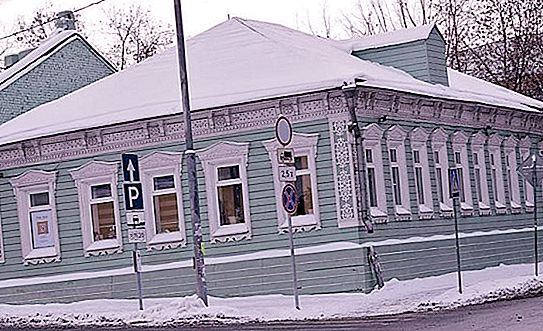
This is the house of the merchant Kudryashov, one of the few surviving wooden mansions with which Moscow streets were built on the outskirts. The merchants Kudryashov owned the Wool-Sukno factory, the building of which was preserved on 10/5 Malaya Semenovskaya. There was a house of culture where V. Vysotsky performed and in 1986 the group "Black Obelisk" by Anatoly Krupnov was created.
In Honey Lane, many mansions of the late 19th and early 20th centuries have also been preserved.

